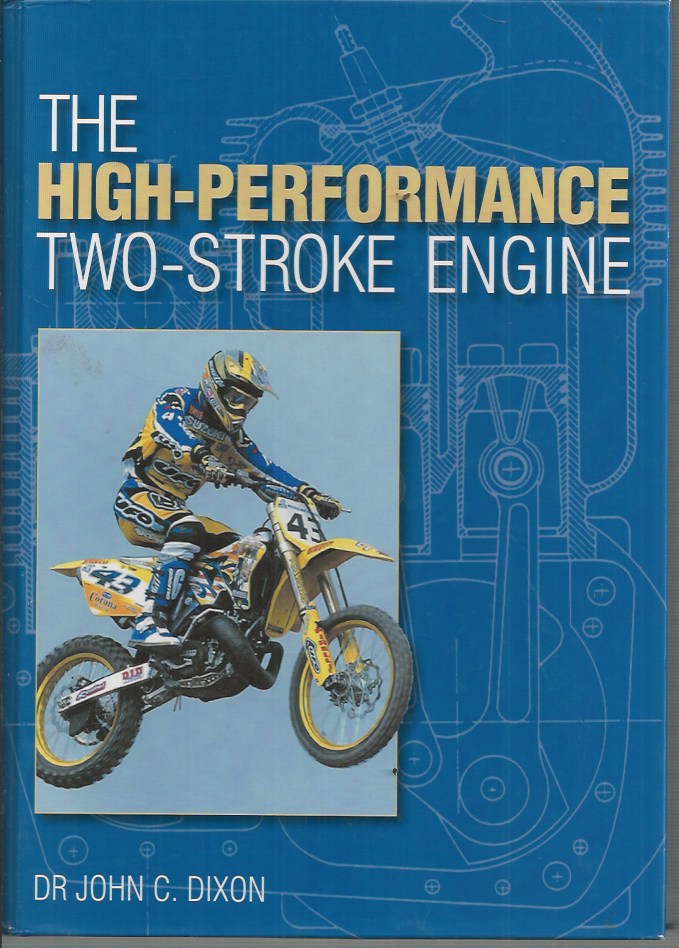MOTOR CYCLES
The two-stroke engine is widely used in both motorcycle racing and kart racing, and in very large numbers in model car, boat and aircraft competition.
The mechanical simplicity of the two-stroke engine gives it tremendous appeal and makes it a tempting target for tuning operations, but the key to successful design, development and modification is knowledge of the engine’s operating principles.
This in-depth technical study of two-stroke theory and practice is intended to help would-be engine tuners to better understand the engine and the processes taking place within it and thereby to obtain improved performance.
Contents:
● Introduction
● The Engine and it’s Components
● Engine Geometry
● Kinematics
● Dynamics
● Fluid Dynamics
● The Inlet System
● The Transfer System
● Scavenging
● The Exhaust System
● Head Design and Combustion
● Engine Performance
● Tuning
Appendices:
● Properties of Air
● Properties of Water
● The Helmholtz Resonator
● Engine Test Corrections
● Mechanical Properties of Materials
● Nomenclature
Black and white illustrations
Dr John C Dixon is a Senior Lecturer in the Faculty of Technology of The Open University. He has been a consultant to many companies and leading race teams. He has for many years been an enthusiast for two-stroke engines, having amassed a considerable private collection of them. He lives at Milton Keynes in Buckinghamshire.
#080823
